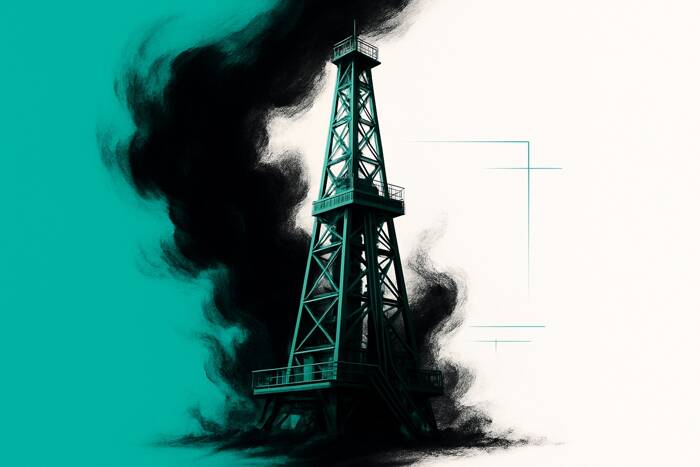Upside resistance remains firm, with the 50-day moving average at $61.24 and the 200-day moving average at $61.76 posing strong technical barriers. A sustained move above these levels would indicate returning bullish momentum, while failure to defend the $58.49 threshold could open the door to a sharper decline toward $55.96.
Russia Sanctions Add Supply Risk, But Market Awaits Concrete Impact
Fundamental sentiment received modest support from ongoing concerns about Russian crude flows. Two weeks after new sanctions were imposed on Russia’s largest oil firms, including Lukoil, disruptions to international operations are beginning to emerge, Reuters reported. While the sanctions haven’t triggered a major rally, traders are monitoring developments for signs of a more material supply hit.
“There is a little bit of an impact on prices (from the sanctions), but not a huge one,” said Jorge Montepeque of Onyx Capital. “The market still needs to be convinced there will be impact,” he added. The limited response highlights ongoing skepticism despite underlying supply risks.
OPEC+ Holds Production Line as Non-OPEC Output Grows
Meanwhile, the broader production picture remains heavily weighted toward oversupply. OPEC+ continues to pump more oil, although the group has signaled a pause on any further increases in early 2026. That guidance, according to Haitong Securities, is helping to temper glut concerns even as non-OPEC production growth adds pressure.
Adding to the bearish tone, Saudi Arabia has cut December crude prices to Asian buyers, responding to a well-supplied market and soft regional demand. This pricing move from the world’s largest oil exporter underscores the group’s competitive stance amid high inventory levels.
Demand Concerns Cap Upside as U.S. Consumption Slows
On the demand side, conditions remain weak. J.P. Morgan revised its global oil demand growth estimate to 850,000 bpd, down from the prior 900,000 bpd projection. U.S. consumption, in particular, continues to disappoint, with high-frequency indicators pointing to reduced travel and lower container volumes.

